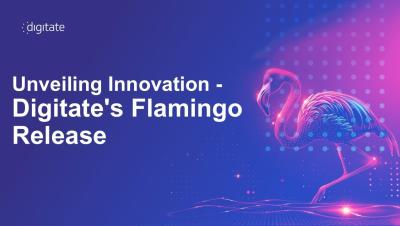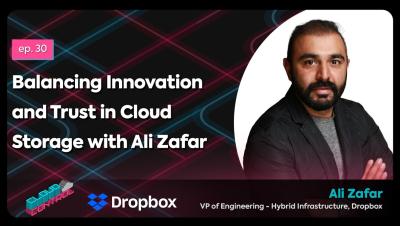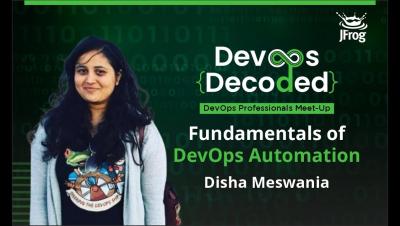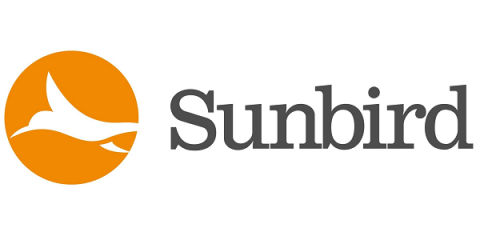Unveiling Innovation - Digitate's Flamingo Release
Join Rahul Kelkar, Chief Product Officer, and Avi Bhagtani, Chief Marketing Officer of Digitate, as they unveil Digitate’s latest ignio Flamingo release. This significant advancement underscores our commitment to empowering autonomous enterprises through enhanced capabilities, closed-loop automation, and AI-driven solutions. In this video, discover how our cutting-edge generative AI features address real IT challenges by enabling proactive problem-solving, automating responses to recurring issues, and generating intelligent insights for informed decision-making.











